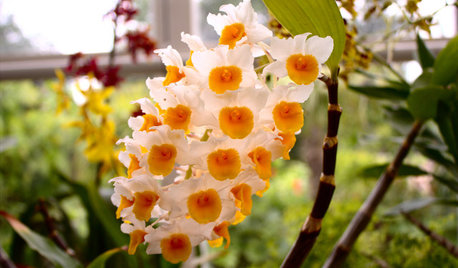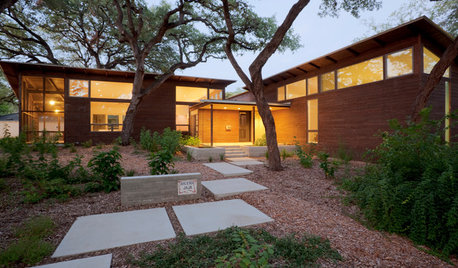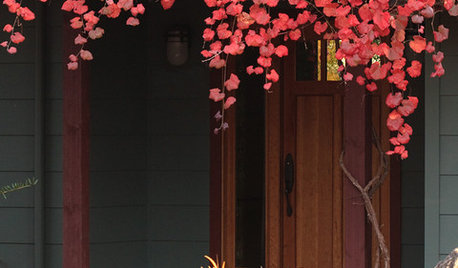Catt Hybrid Question
claritamaria
17 years ago
Related Stories

MAN SPACESA Los Angeles Basement Becomes a Cozy Man Cave
Raw storage space in a Hollywood writer's home is transformed into a masculine home office hybrid
Full Story
KITCHEN DESIGNTake a Seat at the New Kitchen-Table Island
Hybrid kitchen islands swap storage for a table-like look and more seating
Full Story
BATHROOM DESIGNHow to Know if an Open Bathroom Vanity Is for You
Ask yourself these questions to learn whether you’d be happy with a vanity that has open shelves
Full Story
HOUSEPLANTSOrchids 101: Try Something Different With Dendrobiums
If you’re looking for something out of the ordinary, these orchids may be a good choice
Full Story
SUMMER FRUITS AND VEGETABLESHow to Grow Your Own Fresh, Sweet Corn
Here's how to plant and care for your own mini cornfield
Full Story
EDIBLE GARDENSSummer Crops: How to Grow Tomatoes
Plant tomato seedlings in spring for one of the best tastes of summer, fresh from your backyard
Full Story
GREEN BUILDINGMeet a High-Tech Home That Monitors Itself
Energy vampires have nowhere to hide in this LEED Platinum home, as energy efficient as it is architecturally beautiful
Full Story
GARDENING GUIDESWhat Kind of Roses Should You Grow?
Want to add the beauty of roses to your garden? Find out which ones, from old-fashioned to modern, are right for you
Full Story
EDIBLE GARDENSHow to Grow 10 Favorite Fruit Trees at Home
Plant a mini orchard in fall, winter or early spring to enjoy fresh-off-the-tree fruit the following year
Full Story
RED FOLIAGEGreat Design Plant: 'Roger's Red' California Wild Grape
Lush, vivid and a considerate provider of snacks for wildlife, this deciduous vine is especially spectacular in a fall garden
Full StorySponsored





clintdawley
claritamariaOriginal Author
Related Discussions
HAVE: Catt clones/hybrids
Q
HAVE: Catts to trade, hybrids.
Q
Advice on sick Catt hybrid
Q
Catt question
Q
arthurm
jane__ny
arthurm
claritamariaOriginal Author
jane__ny
arthurm
claritamariaOriginal Author
komi
arthurm
claritamariaOriginal Author
jane__ny
jane__ny